How to get rid of skin barnacles!
What to Know Before Taking Action
As we age, we might notice new growths on our skin that can be concerning or simply bothersome. You may have spotted a raised, warty, or mole-like bump that feels irritated or itchy when your clothes rub against it. Before attempting to self-diagnose or remove it at home, it’s important to consult a doctor.
This growth could be a seborrheic keratosis (Seb-K), a common noncancerous skin condition in older adults. Seb-Ks often begin as slightly raised, skin-colored, or light brown spots that thicken and develop a rough, waxy, scaly, warty texture over time. They may resemble barnacles, leading to the nickname “Skin Barnacles.” As they darken, they can appear similar to melanoma, which is why it’s essential to have them checked by a professional.
Seb-Ks can appear anywhere on the body, typically on the face, chest, shoulders, or back. They may occur singly or in multiple growths. While they’re usually painless and don’t require treatment, many people choose to have them removed due to irritation or cosmetic reasons. Avoid picking at them, as this can cause inflammation, bleeding, and even infection.
The exact cause of seborrheic keratosis is unknown, but they become more common with age and can run in families. If you’re over 40 and have a family history of Seb-Ks, you may be more prone to developing them. It’s crucial to see a doctor if you notice multiple growths over a short period, irritation or bleeding, or any suspicious skin changes, such as rapidly growing sores that won’t heal, which could be signs of skin cancer.
Your doctor can usually diagnose seborrheic keratosis by examining the growth, and they may recommend removal for further analysis if they’re unsure. Remember, it’s always best to consult a professional for proper diagnosis and treatment.
Removal of seborrheic keratoses can include one of several methods:
There are several treatment options for seborrheic keratosis, depending on the size, location, and your personal preference. It’s important to discuss these options with your doctor to determine the best course of action for your individual needs. Here are some common treatment methods:
- Cryotherapy: This method involves freezing the seborrheic keratosis with liquid nitrogen. The extreme cold destroys the growth, which then falls off within days. Cryotherapy is generally quick, with minimal discomfort and a low risk of scarring. It’s best suited for smaller growths.
- Curettage: In this procedure, your doctor will numb the area and use a small, scoop-shaped instrument called a curette to scrape off the growth. Curettage can be combined with electrocautery to help control bleeding and reduce the risk of recurrence. This method is suitable for small to medium-sized growths and has a low risk of scarring when performed correctly.
- Electrocautery: This technique uses an electric current to burn off the growth. Your doctor will numb the area and apply a small probe that delivers the electric current. Electrocautery can be combined with curettage for more effective removal. It’s suitable for small to medium-sized growths and may leave a small scar.
- Shave excision: For this procedure, your doctor will numb the area and use a small surgical blade to shave off the growth. This method is suitable for larger growths and has a low risk of scarring. However, there may be a slightly higher risk of recurrence compared to other methods.
It’s essential to follow your doctor’s post-treatment care instructions to minimize the risk of infection and ensure proper healing. Remember that even after successful treatment, new seborrheic keratoses may develop in the future. Regular skin checks with your doctor can help monitor any changes and ensure timely intervention if needed.


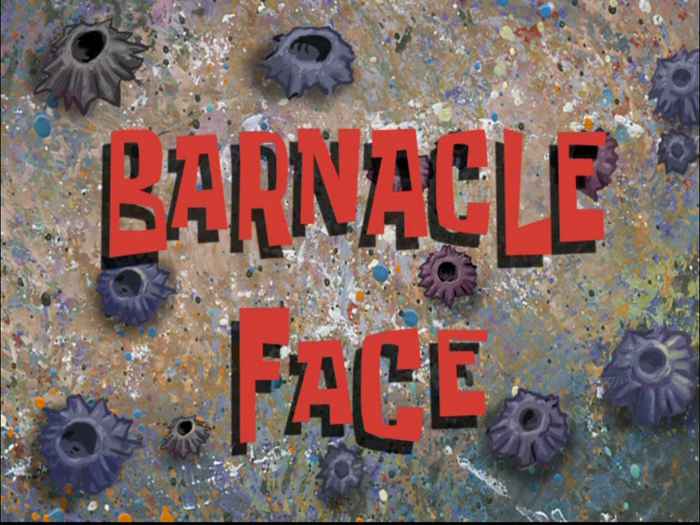



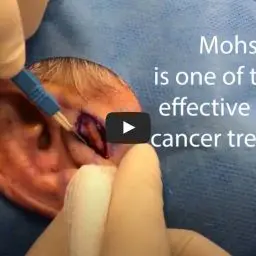



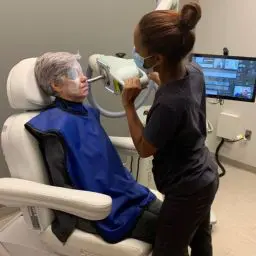
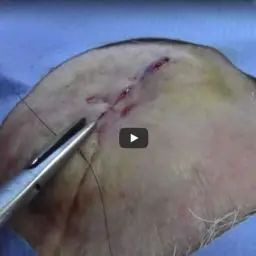




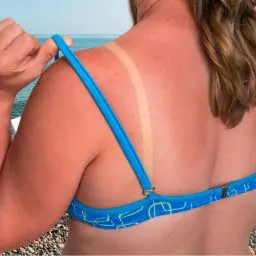

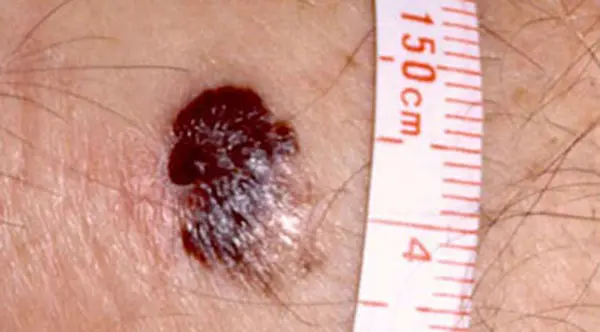













I have removed seb KS by covering them with duck tap. It can take 2 to 3 weeks but with excellent success for me.